In today’s market, apps or products are crucial for growing business to raise brand awareness and interact with the targeted audience. Whether you own a start-up or a tech giant, there’s literally no way to develop an app without design handoffs.
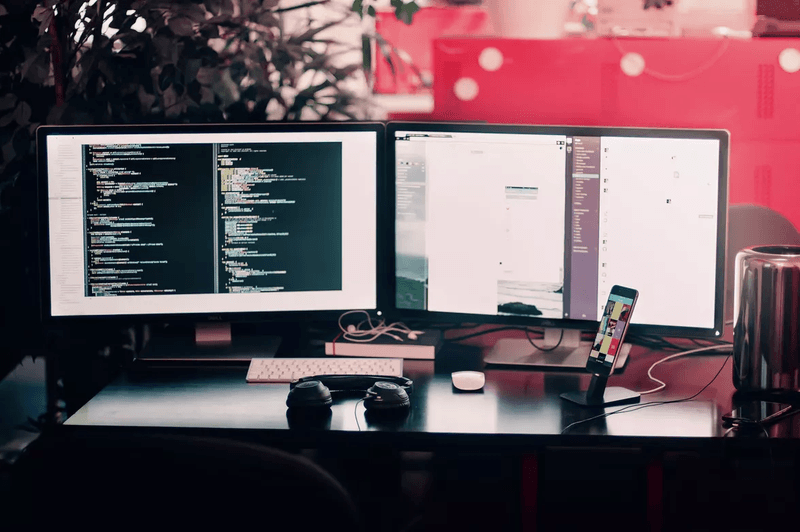
If you have a specific design in your mind and want to transform it into an app, design to code would be the concept you need to grasp. Even if you are skilled, design to code can be tricky.
Design to code is the hot topic for today. It refers to the point when designers need to transfer their ideas for development. A good designer-developer collaboration is essential for a successful handoff.
Even though both teams are equally important, it's not unusual to have a miscommunication between the developers and the designers, resulting in a handoff failure. In this article, we'll dive into the design to code process, why it is needed, and how to make your next transfer go seamless.
Table of Contents
- What Is Design To Code?
- What Is The Historical Background Of Design To Code?
- How Design To Code Works?
- Why Should You Consider A Design To Code Solution?
- What Are The Design Tools That Allow You To Export Code?
- What Are The Best Design To Code Practices?
- Final Word
TLDR
- A successful handoff is an important aspect of developing a great product. Since there are so many people involved in the product development process, excellent communication and collaboration between the various parties are critical.
- When a design has reached the point where it needs to be implemented by developers, it is called design to code. There are various tools that can speed up the process of converting those designs into code without requiring a lengthy workflow.
- For a better design to code process, developers should use templates and elements, facilitate communication and create a design system with images, layers, interactions, checklists, and animations.
What Is Design To Code?
In this evolving world, There is no such thing as a "completed design" for a digital product. The design to code is a point in the product development process where developers implement the finished design.
While we can't turn a preview into a finished app or website, design to code refers to the process of extracting styles, fonts, and image assets from a design file using design handoff tools. These specifications are then communicated to developers clearly and concisely, making them easy to develop.
What Is The Historical Background Of Design To Code?
Previously, Design-to-code used to be an exhausting thought process. This meant manually writing out specs in a text file or as layers in a document, which was already a pain for designers. It would become more hectic if there were a last-minute change.
Developers had to keep in touch with designers for clarification regularly. But there were often inconsistencies or things that just didn't make sense with so much documentation.
There were document handling services in high demand and sometimes very costly because of the time-consuming and faulty nature of the design handoff process.
Designers should work with the developers to create the solution, organize the information well, and foster excellent communication to cover up the gap.
Design to code process not only changed the way designers and developers collaborate, but they've also helped them see each other as supporters rather than adversaries.
How Design To Code Works?
Design to code is a quick and scalable solution that contains a UX/UI interface for importing and converting designs into code.
It occurs when designers have completed their work and deliver results to developers. Design to code's ultimate goal is to reduce uncertainty and increase the efficiency of the design process.
Here are the three solutions that provide you design to code solution:
Figma
You don't have to leave the Figma interface to generate code with this Figma-specific resource. You can convert any design element into XML, Swift, or CSS code on relevant platforms by simply selecting it.
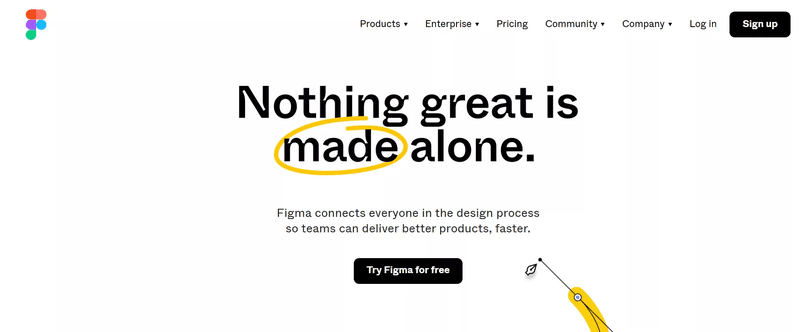
Plugins
To import the relevant Figma design to the platform of choice, you can use the HTML plugin, Flutter plugin, Kotlin plugin, CSS plugin, or any other option from a list of over 450+ resources.
Third-Party Tools
If you're a thriving developer, third-party tools like FigmaFy can help you convert designs to code. You can pair tablets, upload attachments, and even set APIs to make the application a reality once you've connected a design to the third-party tool.
Why Should You Consider A Design To Code Solution?
Reasons why should choose a design to code process are stated below:
- Design to code generation is an efficient process. Its automated code generation can reduce the stress of writing code manually.
- It is a more clarified process. Design to code process facilitates code generation directly from wireframes or sketches. There's no need for iterations between web designers and developers, and there's no more ambiguity or haphazard interpretation.
- The quality of generated code is consistent.
- Design to code is a flexible process.
- Examine and keep track of the styles used by each layer in a design file.
- In various languages, show the code equivalent (CSS, Swift, Android).
- Enable communication in the event of ambiguity or inconsistency in the design.
- Allow feedback to improve the utility of handoff tools for product teams.
What Are The Design Tools That Allow You To Export Code?
The main advantage of using a complete product design platform is that it includes design-to-code features and ideation, prototyping, and project management tools. Put another way; everything is included in a single, convenient subscription.
Let’s go through the tools that facilitate the design to code process:
Framer X and Figma
Figma's incorporation with Framer Web allows you to import a Figma design project into Framer. You can replace static elements with interactive elements, add streamlined animations, and export the development design.
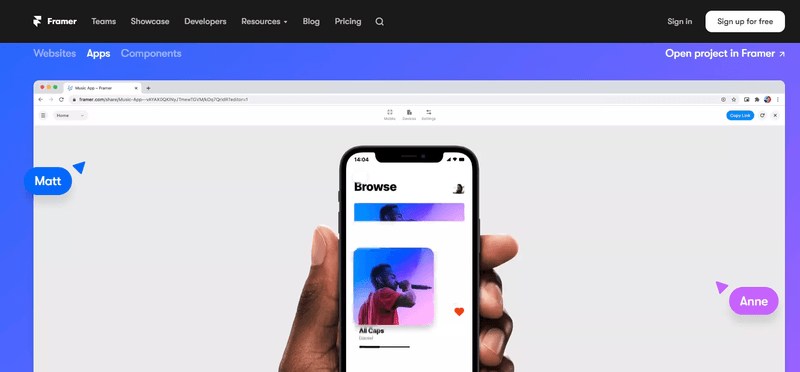
Anima
With the Anima plugin, you can create high-fidelity prototypes in design tools like Sketch, Adobe XD, and Figma, and then export fully responsive and interactive websites from your prototypes.
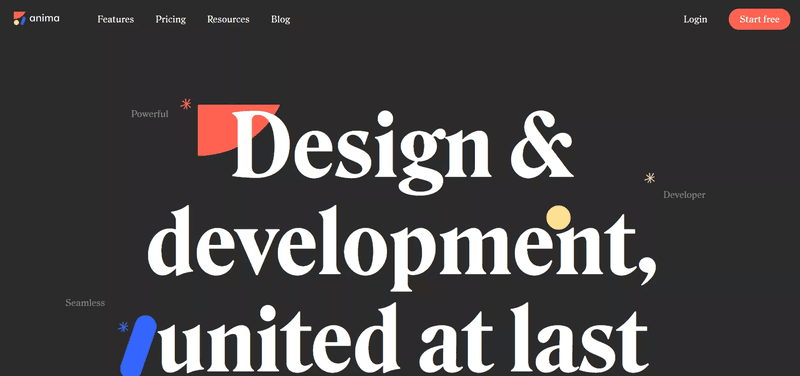
Natural input fields, videos, hover state effects, links, and custom code can all be included in your prototypes.
Sketch2React
Sketch2React is a Sketch framework that allows you to convert your Sketch designs into HTML and React sites efficiently. You must organize your layers by name, and Sketch2React will ensure that those layers are transformed into HTML or React assets.
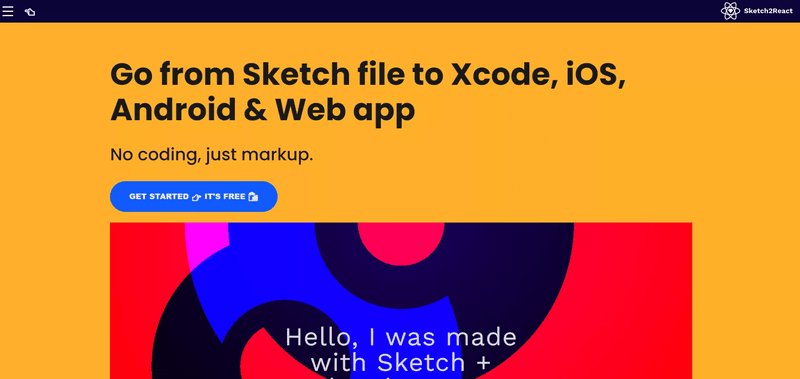
Zeplin
You can share, organize, and collaborate on design projects with Zeplin. You can create style guides, component libraries, and code components to export.
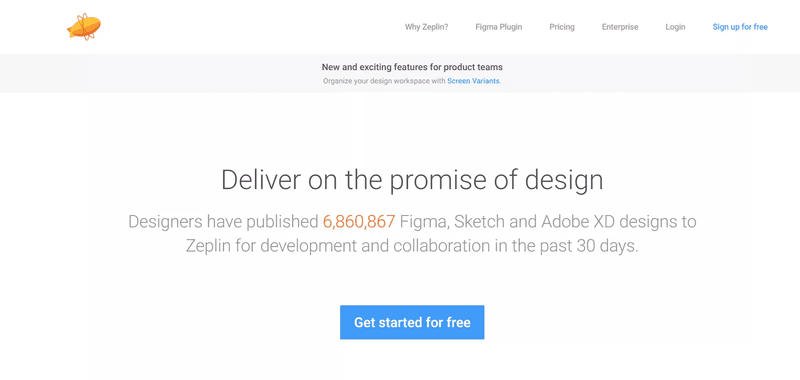
Clutch
Clutch allows designers and front-end engineers to collaborate in real-time to create React applications that include live data, animations, logic, and state. Smooth instances overwhelm style variants, and in-app content editing makes creating reusable components easier.
Inspect by InVision
Inspect makes the process of converting designs into code much more manageable. It gives your team direct exposure to desktop and mobile prototype design dimensions, colors, and assets.

Avocode
Avocode allows you to share design files, make automatic changes, and generate all assets and code styles for your design projects.

Avocado allows you to build web, iOS, and Android apps precisely as designed, down to the last detail. It can also generate production-ready code in various languages, including CSS, CSS in JS, Sass, Stylus, Styled Components, Swift, Android, and React Native.
Relate
Relate is a visual development environment that visually designs digital products. It generates beautiful, semantic code and provides design and development teams with a unified view.

With support for HTML, CSS, JS, and React code, Relate also allows you to define the logic behind your interface design and manage everything visually, continuously, and methodically.
What Are The Best Design To Code Practices?
Develop Efficient Communication
The design and engineering teams' relationships are critical to the project's success. Many product teams make the same error of separating design and development teams. As a result, two teams work independently, and the design handoff is the only time the team shares information during the design process.
A product designer should share designs with developers early and often. Establishing checkpoints events during product design where designers and developers meet to discuss the design is critical to making the collaboration productive.
Make a handover checklist
The better the handoff is organized, the better the final result, just like any other process. It's self-evident that expecting designers to memorize all of the artifacts they'll need to provide developers is a bad idea. Project managers should create a checklist, which includes a list of design artifacts that must be handed over.
Optimize the handoff process with tools
Designers can use a variety of tools to automate design handoff. You can export designs and assets directly from Sketch, Photoshop, Adobe XD, Figma, or Axure, and the specification will be automatically generated. Create animated and interactive prototypes. With the tools, make design collaboration and handoff easier.
Set up a handover meeting
Designers should contact developers after receiving all required artifacts to go over the designs. They should schedule a meeting with developers. They will describe details and clarify some design decisions during the session.
Construct a design system
Developing a design system ensures a consistent style guide and implies that these styles have been tried and tested in a real-world setting. Conflicting styles and measurements can lead to bloated, unnecessary code. Maintaining consistency is critical for design handoff. It's also difficult for the end-user to grasp a confusing visual hierarchy.
Final Word
By now, you already know how crucial the design to code process is for design collaboration. Designers and developers are constantly building strategies for an effective design handoff.
Whether you are new or experienced, design to code process can be complicated. To have a successful design collaboration, you need a tool to build a strong foundation for your product.
If you’re looking for a reliable design-to-code solution, FigmaFy would be the perfect fit for you. FigmaFy has specialized design software with hundreds of templates and efficient tools. It allows multiple platforms configuration, seamless integration, and enhanced security.
So, what are you waiting for? Get started with FigmaFy today and ace your design collaboration.


